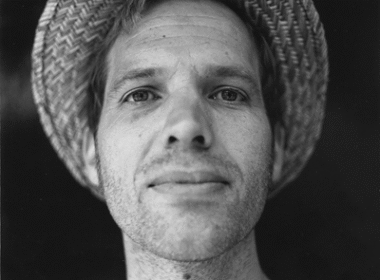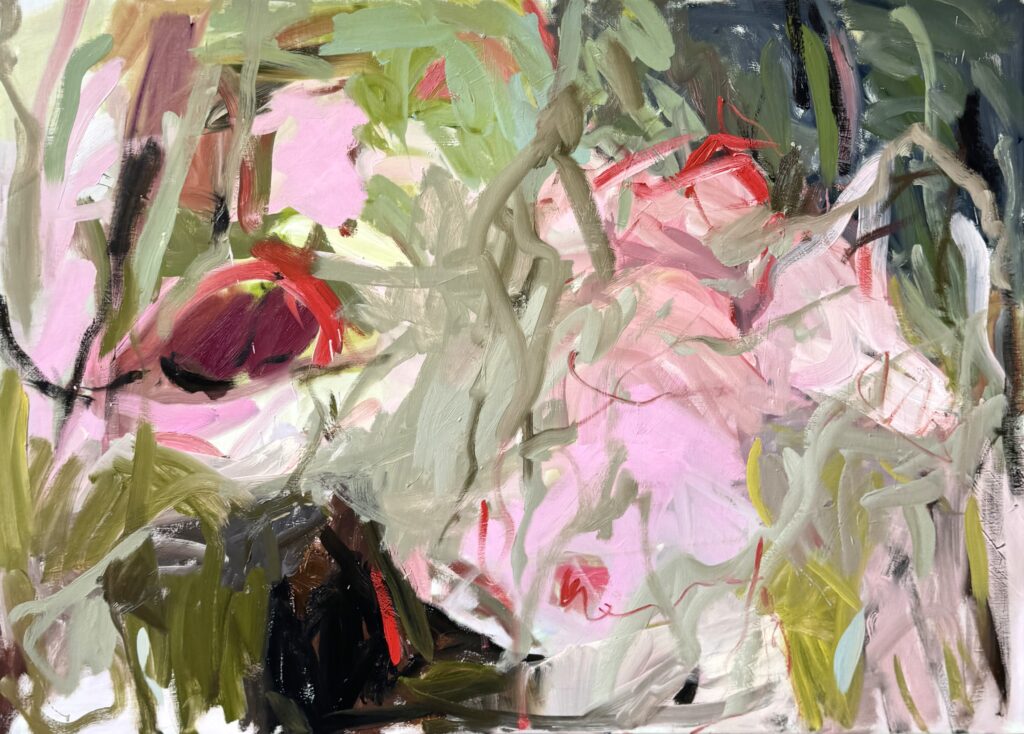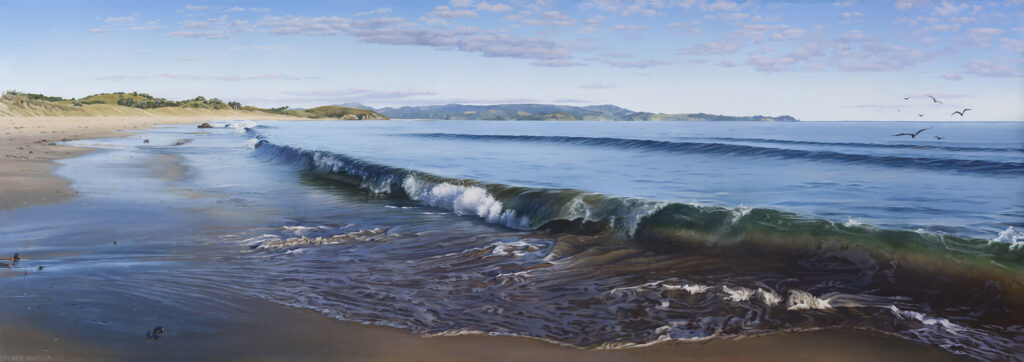
How The Restless Creative Anita Clipston Turns Trauma into Art


Anita Clipston’s creative journey combines personal struggles and creative passion. Inspired by her father’s love for art, she has explored various fields, from animation to visual effects and fine arts. In this interview, she shares how her father’s love for art sparked her passion and how studying different fields like animation and painting helped her develop a unique style. Anita opens up about how losing her mother changed how she creates art and led her to explore more profound personal stories. She also advises aspiring artists, emphasizing the importance of staying true to oneself and growing through challenges.
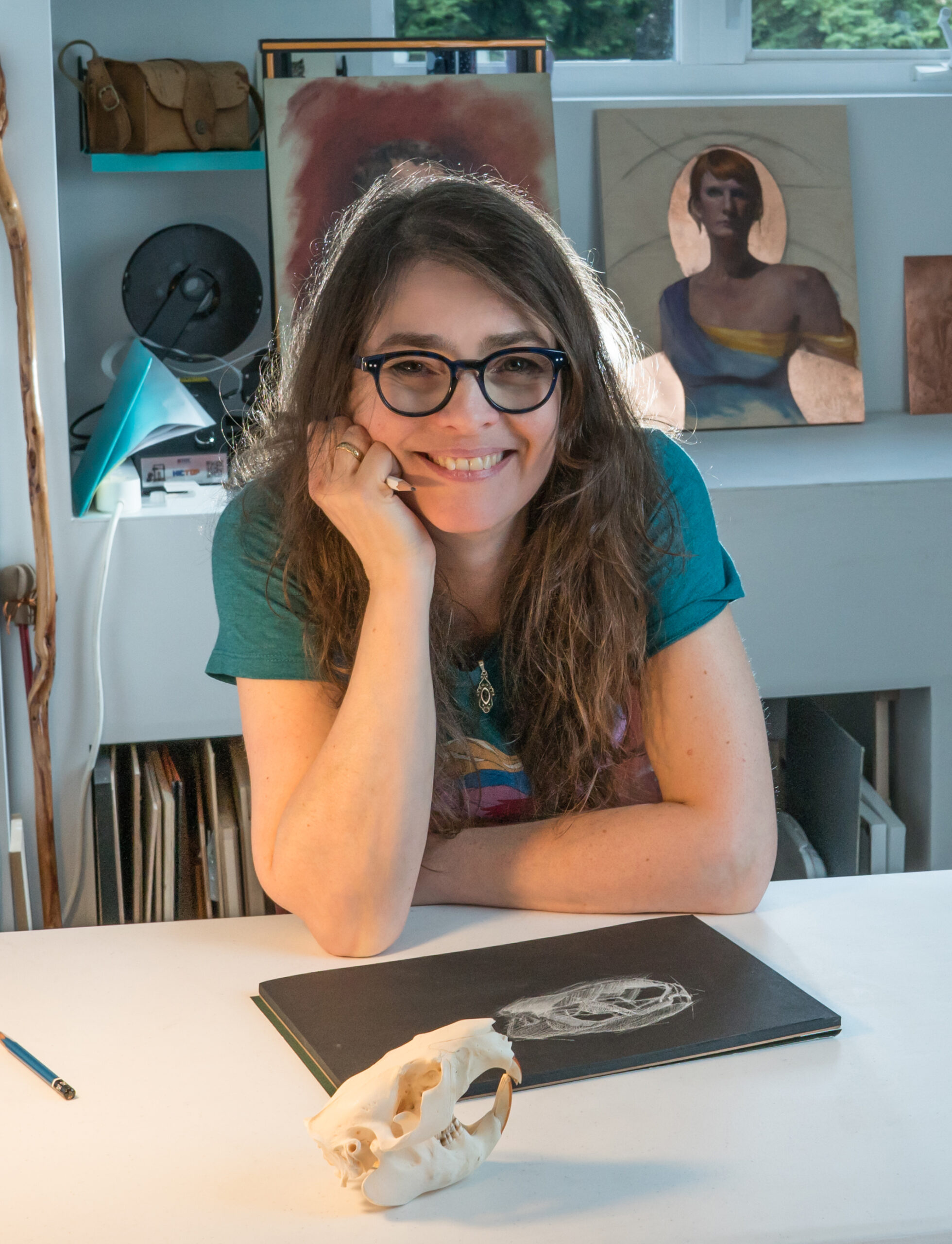
Art has always been an integral part of who I am. I have lived life with restless creativity flowing through me. I think there is an inquisitiveness, a wanting to understand the world through the art of creation. As a young child, I would sit with my father and draw, paint, and make things, always questioning and always wanting to know how I did that. I feel that, especially in Art, one’s imagination can grow and flourish and be nurtured. I believe imagination and the love of learning should always be present in our lives, making us more fulfilled and happier. I feel that art as a healing tool is important.
There have always been threads, whether conscious or subconscious, woven through my life’s fabric. For me, these threads have been Cocoons of Love and Cages of Trauma. I weave together these threads and traverse the idea that our psyche is in part created by trauma and in part by the triumphs of our creations. In my latest body of work, I use my knowledge and love of film to create tableaus and moments from my life, with multiple-layered allegories that represent the theme.
I use both 3D computer-generated and also traditional models to visualise my ideas for final compositions and lighting to create a narrative and reveal my personal story. The rooms in my paintings are imagined spaces that hold within them the traumas I tried to escape and yet became part of, told within the meta-narrative of time. The woodcuts/drawings in opposition are moments of raw and unreserved emotion.

1. Anita, what initially drew you to pursue a career in the arts, and how has your journey evolved since then?
My journey was inspired by my Father’s love of art, which started me drawing. I fell in love with art and creating images with anything I could lay my hands on pencils, paint, cameras and eventually computers. I fell in love with animation and film as a young child, which was the catalyst for my pursuit of a career in the arts. My journey has constantly evolved and is still evolving from working in animation, theatre and visual effects to fine arts. I see them all interconnected and all part of my artistic vision. One feeds the other, and vice versa. I now find myself teaching my passion, visual storytelling, through the media or film and painting. I like to constantly evolve, switch, and change so as not to feel stagnant in my work.
Anita Clipston
Grief has led me to start creating my own narrative, my own world to tell my stories in and has been both blessing and my curse as these stories come through moments of great sadness and pain. However they bring catharsis and healing too
2. You’ve studied animation, VFX, and painting. How do these different skills show up in your art now?
I use my knowledge of set/prop building and costume making to help create my stories in my paintings, often building miniature sets, making clothing, or styling the characters. Then, I will finalise these visuals for each story using a mix of photographs, computer-generated models, and composting to create the final image I will work from. My love of animation, storytelling, and Japanese archetypes is also thrown into this mix. I have a very eclectic set of skills, having worked in Film, Animation & Theatre, both in traditional and digital, but they have served me well along the way, and they are all very much interconnected. They have allowed me to develop a unique artistic vision.

3. Your series “Emerging” is about your journey through grief after losing your mother. How has this experience changed the way you create art?
My mother’s death came as a brutal awakening to this world. Having always been cocooned in some way from being fully awake. Her loss brought me to the edge of my abyss, and I almost fell in, thanks to the love and support of friends and family who pulled me back. After this moment, I delved deeper into my story and how I had become the person I was, how I needed to deal with unresolved trauma and needed to find my place in this world without her to walk in my shoes. It’s an ongoing process, and the wounds of grief left huge scars that sometimes show more visibly and sometimes fade into memory. Grief has brought me back to writing, poetry and telling stories, which had been left behind in my journey. It also led me to start creating my narrative, my world to tell my stories in and has been both a blessing and a curse as these stories come through moments of great sadness and pain. However, they bring catharsis and healing, too.
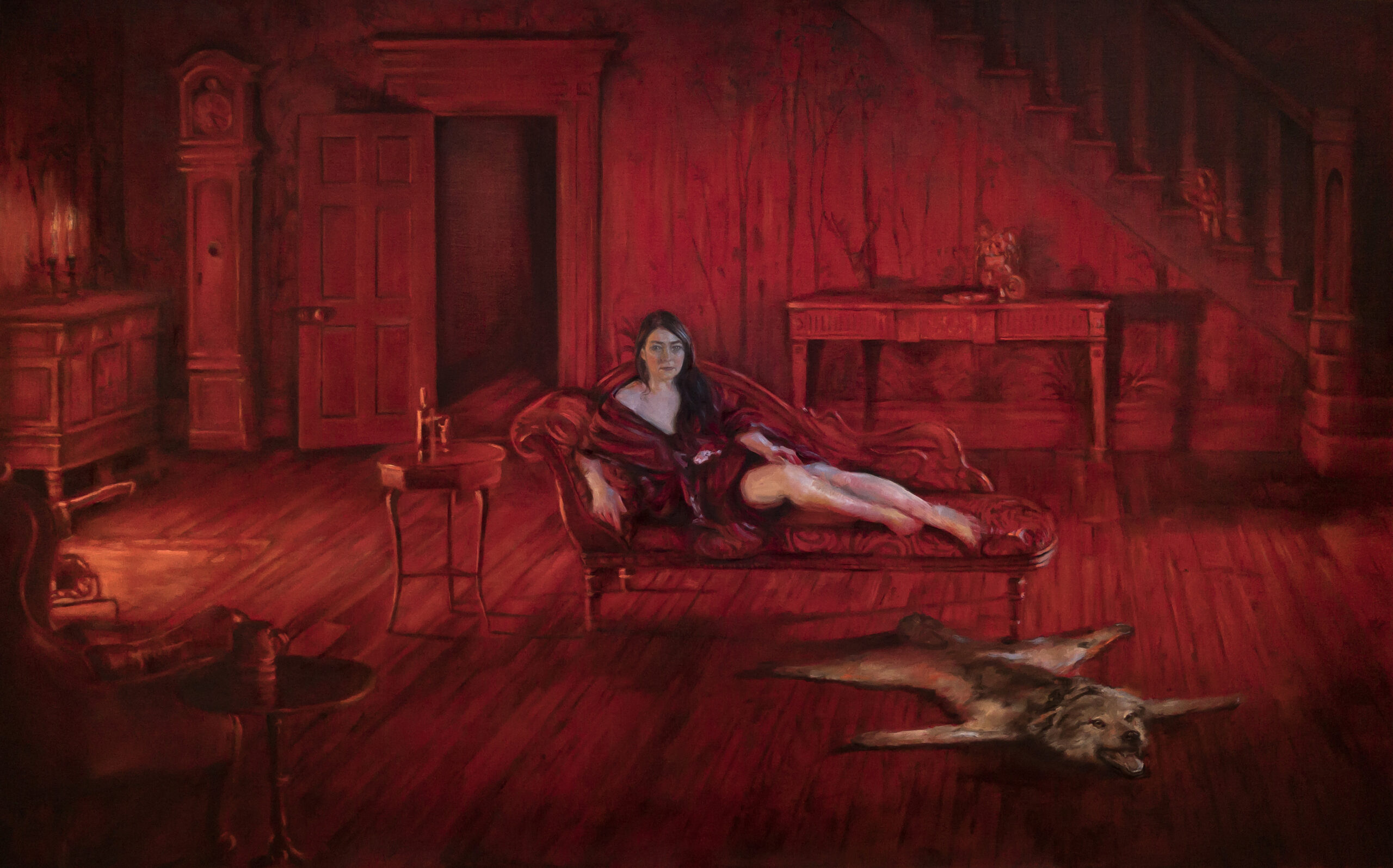
4. Your art has been shown worldwide and featured in major publications. What’s been the most meaningful moment of sharing your work?
The first time I felt I had arrived was my first movie credit years ago on Chicken Run. It was a moment I will never forget, and I felt what happens now to start a journey, but it was collaborative. Years later, after my MFA, I think I began to find my moment, and that was in the making of ‘Held in Grief’, my most extensive drawing to date. The piece received overwhelming comments from people who felt connected with the sadness and pain. They thought maybe my work would finally help someone who was also overwhelmed. I think that was the feeling I had been looking for all these years and wanted to express through my art.

The rooms in my paintings are imagined spaces that hold within them the traumas I tried to escape and yet became part of, told within the meta-narrative of time.
Anita Clipston
5. As someone who has excelled in various creative fields, what advice would you give to young women who aspire to make a mark in the arts, whether painting, filmmaking, or writing?
Find your journey, what speaks to you, and don’t be afraid to take risks. Being uncomfortable is not lovely, but we don’t grow in a perfectly manufactured garden. We grow where the wild things are. You will never find out who you are if you stay in the easy in the normal. Never give up, even though you may feel like it. It will be painful, hard and sometimes bleak, but the moments of joy will outweigh all of that as you find your true self and your place in an ever-changing, unrelenting world. You will have to make sacrifices. They may feel overwhelming, and you may regret some of them, but they are much part of the journey as you are. Stay passionate and in love with what you do, when you no longer love it ask why and move on, if necessary. Never give up your artistic vision, even if some people find it hard to swallow. Your truth is what makes you unique and gives you a cadence.
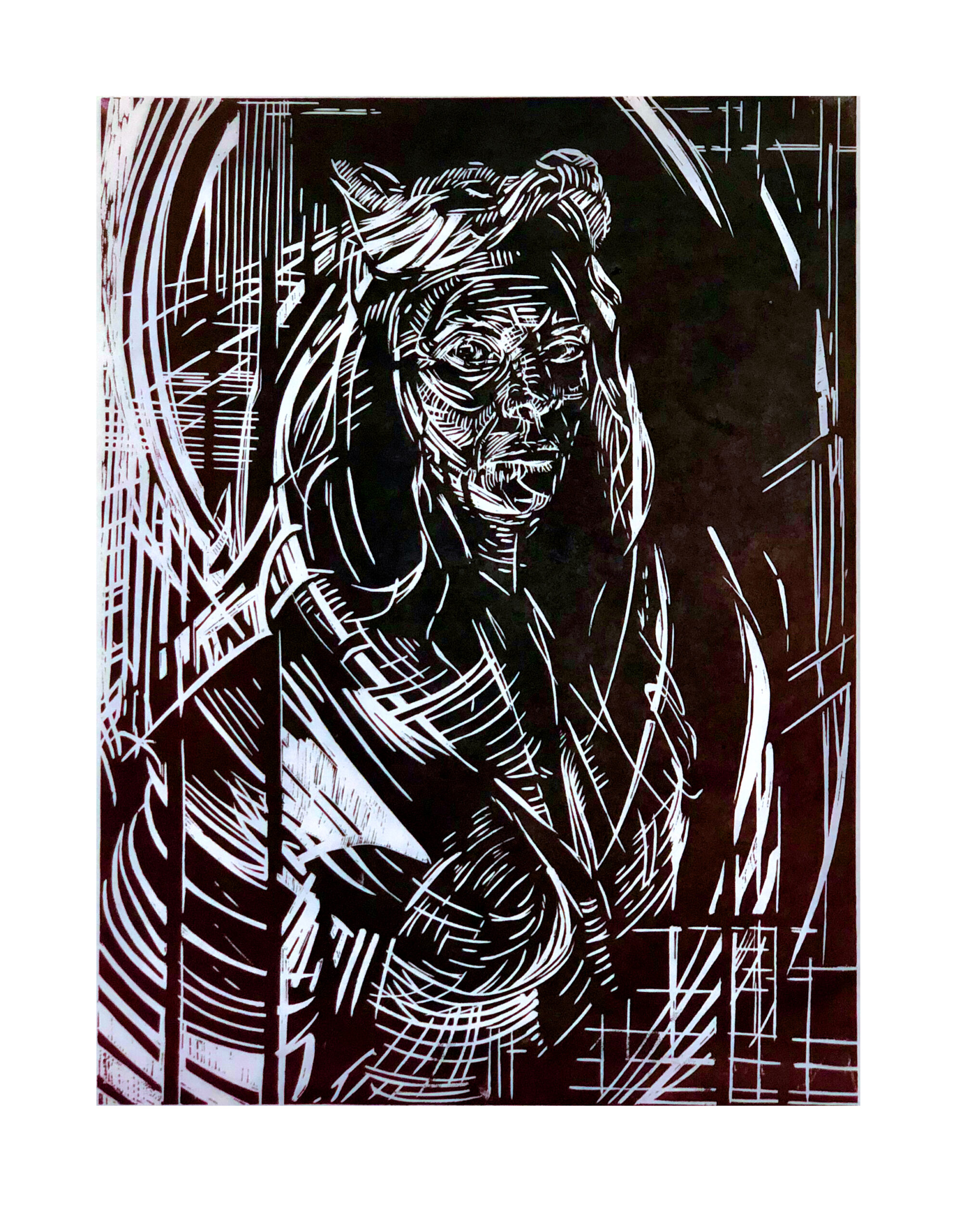
Anita’s art goes beyond just pictures; it’s a way to share her story and emotions. Combining old and new techniques and drawing from her life experiences, her work resonates with people personally. As she continues to grow as an artist and teacher, Anita shows us how art can be a powerful tool for healing and self-discovery. For those just starting, her journey is a reminder to stay true to your vision and keep pushing forward, no matter the challenges. To learn more about Anita, click the following links to visit her profile.







